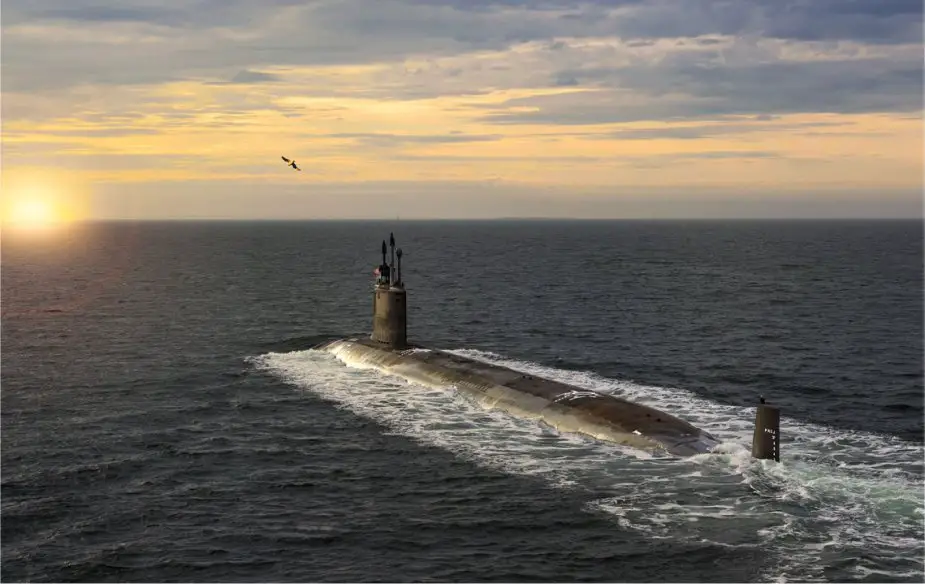Breaking news
General Electrics wins $530 million contract to support Virginia class subs.
According to a PR published General Dynamics Electric Boat on October 6, 2022, the business unit of General Dynamics, announced it was awarded a U.S. Navy contract modification for lead-yard support, development studies and design efforts related to Virginia-class attack submarines.
Follow Navy Recognition on Google News at this link
 Artist rendering of the Virginia class submarine (Picture source: General Electrics)
Artist rendering of the Virginia class submarine (Picture source: General Electrics)
The contract modification has a value of $532.9 million. Work will be performed in Groton, Connecticut, and Newport News, Virginia, and is expected to be completed by October 2023.
About the Virginia class submarines
The Virginia class, also known as the SSN-774 class, is a class of nuclear-powered cruise missile fast-attack submarines, in service in the United States Navy. Designed by General Dynamics Electric Boat (EB) and Huntington Ingalls Industries, the Virginia class is the United States Navy's latest submarine model, which incorporates the latest in stealth, intelligence gathering, and weapons systems technology.
Virginia-class submarines are designed for a broad spectrum of open-ocean and littoral missions, including anti-submarine warfare and intelligence gathering operations.
They are scheduled to replace older Los Angeles-class submarines, many of which have already been decommissioned. Virginia-class submarines will be acquired through 2043, and are expected to remain in service until at least 2060, with later submarines expected to remain into the 2070s.
The Virginia-class submarine has a length of 114.8 m, a beam of 10.36 m, and a displacement of approximately 7,800 tons. The submarine can reach a top speed of 28 miles per hour (45 km/h). She has a crew of 132 people including 15 officers and 117 enlisted.
In contrast to a traditional bladed propeller, the Virginia class uses pump-jet propulsors by BAE Systems, originally developed for the Royal Navy's Swiftsure-class submarines. The propulsor significantly reduces the risks of cavitation, and allows quieter operation.


























